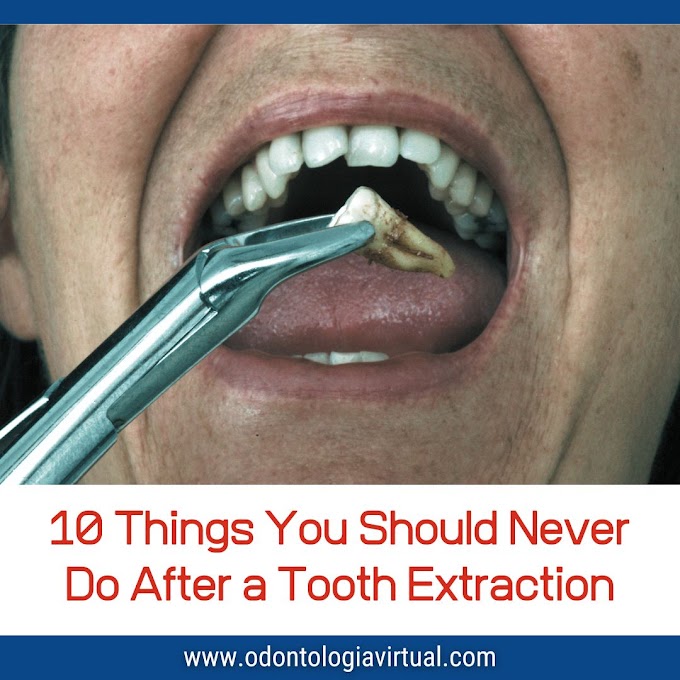The residual alveolar bone resorption is very rapid immediately after tooth extraction.
Which causes difficulty in seating of prosthesis at a later stage or might also be esthetically unpleasant.
Hence, alveolar bone preservation after teeth extraction is becoming a common practice these days.
To overcome these bone loss problems various graft materials also have been used in day to day practice.
These materials have its own advantages and disadvantages
The research community keeping these disadvantages in mind always strived to find new and economic alternatives.
The history of a bone-inducing research in dentin began with a report in 1967 that animal derived Demineralized Dentine Matrix (DDM) induced bone formation within intramuscular pockets.
► VIDEO: Benex Extraction System. Minimal invasive extraction with Benex results in less pain and in an optimal socket and ridge preservation.
Since then the research has started to introduce the DDM as one of the safe and economic bone graft material in socket preservation.
This paper reviews the existing literature on DDM and delineates the clinical usage, its advantage, disadvantage and clinical implications of same in routine dental practice.
► DENTAL LIBRARY: Scientific Publications of ORAL AND MAXILLOFACIAL SURGERY in PDF FREE to download and share
This paper will guide the clinician and researchers about DDM usage and its expanding scope in bone regeneration and tissue engineering.












